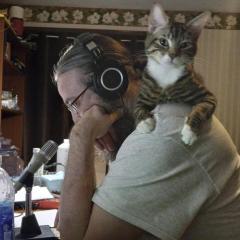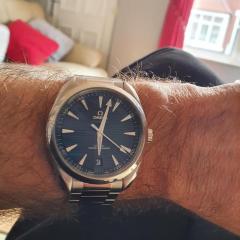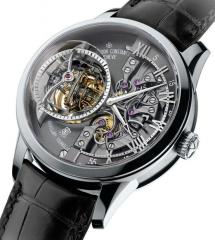as 1906 auto wind device
-
Recently Browsing
- No registered users viewing this page.
-
Topics
-
Posts
-
If a runner, I usually let the movement run in naphta for a minute, some movements need a bit of encouragement to run in liquids, so a quick dip of the movement in naphta then remove and encourage the oscilator with puffer, repeat several soaks. Or if you don't want to soak or dip the movement in cleaning solution , keep putting naphta on jewel holes as the movement runs on bench. A pre-clean of some sort helps. Avoid lifting out the fork with tweezers or any tool. Try blowing fork pivot out with strong puff of air from jewels holes back side. Good luck .
-
By HectorLooi · Posted
60! Wow, that's a lot. Can't say I understand the problem because disassembly is usually quite uneventful, except for springs launching into space. Most people break pivots during assembly. I use a homemade brass pry tool to loosen parts. It's just a short length of hard brass wire sharpened to a chisel point. Don't pry at just one point and crowbar it out. Pry at the notch and when a crack opens up, slip the pry tool in and loosen it at a few more points until the bridge is free. -
Beginner here. Of about 60 watches I’ve serviced and repaired, I’ve broken a pallet pivot on three, always during disassembly, and usually when the old oil has transformed to glue. Each watch was Swiss, in case that makes a difference. Here’s what happened in each case: - unscrewed the pallet bridge or cock - gently inserted a screwdriver in the slot under the pallet bridge or cock - gently but firmly rotated the screwdriver, avoiding a forwards force on the screwdriver. If alignment pins stick, the cam action is alternated back and forth between back corners of the plate. - heard a small but horrible click. Is there a special tool or technique for safely lifting the pallet bridge? Should everything be soaked in naphtha before beginning disassembly if there’s any sign of old oil gluing parts together? Thanks! Rob
-
You shared this test with me a few months back on a Hamilton project and so I had checked this watch to find the pins were still equally spaced. Their screw slots were undamaged and very tight hard to move so maybe no one has messed with them before. I can't work on it much today but I did measure the fork slot again and it seems like 0.44 is the right size. I measure the jewel that had been installed at just 0.42. would an undersized too narrow impulse jewel impact the impulse drastically? I ask because I have had it at a state where flipping the fork manually with a tool would unlock some of the time, but the balance was never capable of unlocking.
-
By HectorLooi · Posted
This was what I was afraid of. The movement is not one of the generic black square modules. Remove the movement from the clock and try prying it open very carefully, without breaking the plastic tabs. The plastic might be brittle from age. Clean the wheels and check the battery contacts for corrosion. Check the PCB for bad solder joints. Take plenty of photos along the way.
-






Recommended Posts